Money is anything that is generally accepted as a medium of exchange for goods and services, and for the repayment of debts. In Class 9, “Money – What It Is” introduces students to the concept, nature, and functions of money in the economy.
Money What it is Class 9 Notes
Evolution of Money
Money is a medium of exchange that helps people to meet their needs and wants. In early times various items could be purchased using salt in early Europe, the shekel in ancient Babylon, ox-shaped copper bars in the Bronze Age, and crops like tobacco, rice, wheat, indigo, and maize in the barter system in India.
A Short History of Money
Money evolved from the barter system, where goods are exchanged directly for gold and silver. Practically it is very difficult to use metal coins due to buying goods in bulk. To make it easy, paper money was introduced. Today, debit and credit cards provide convenient access to money, reflecting the modern shift toward cashless transactions.
1. Early Money
People exchange goods and services for other types of goods and services. The early U.S. colonists used tobacco, in Paraguay they used snails, Roman soldiers used salarium, etc.

2. Symbolic Money
Symbolic money is like money, except this money does not have real value like gold or silver. A long time ago, people traded using salt, animal skins, and arrowheads. In India, China, and Africa, they use a cowrie shell for trading, and they believe this cowrie shell is valuable. In America, the wampum shells are used. Wampum shells are made up of seashells; people usually cut the shells into small pieces and make them smooth and shiny. This wampum shell is also used for necklaces.
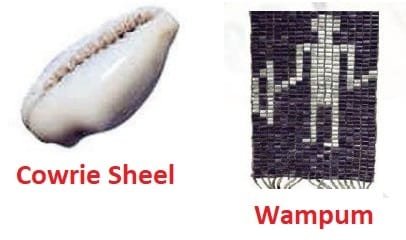
3. Egyptian Currency
In ancient Egypt, people used precious metals like silver to make payments. They don’t use coins, but they use stone weights to measure the silver for making payment.
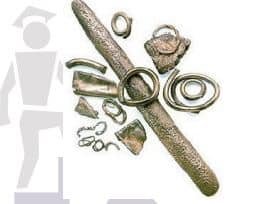
4. The first coins—600 B.C.
The first coins are made up of metal with special designs that show that they are used as money. The earliest coins were made in the Kingdom of Lydia (now it is a part of Turkey) in the 7th century B.C. These coins are lumps of metal, weighed to check their value and stamped with pictures to show their weight.
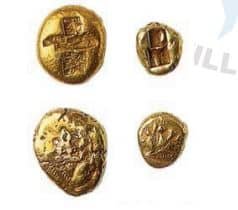
5. The Spread of Coins
Coins were first made in Lydia and spread to other places like Africa and Europe. The coins in the image were made in Greece around 600 B.C. Greek people were active traders across the Mediterranean Sea because of their trading. They use the coin in different other regions.
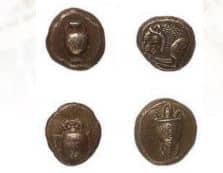
6. 500 B.C. Chinese Coins
The earliest Chinese coins were made from bronze in the shape of tools and shells. Shells had been used as money earlier in China.
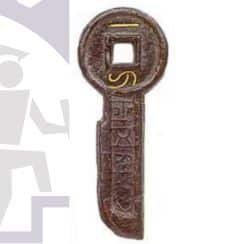
7. Chinese Paper Money
Paper money was invented in China during the 10th century. In China, in the beginning, they used deerskin as money; later on, they used paper for making money. In 1455 AD China discontinued paper money due to an increase in prices.
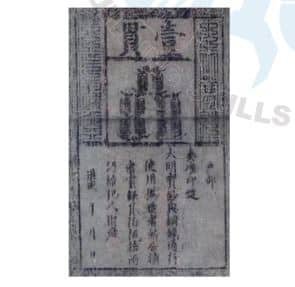
8. Paper Money in Europe
Europe started paper money much later than Asia and the Arabs because Europe did not have paper at first. The first paper mill in Europe started in 1151 A.D. in Spain. Once the paper was available, then the paper money was replaced by heavy coins.
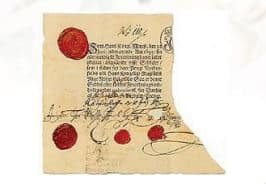
9. Bank Notes
In the 11th century, European governments started printing paper money. Printed money made things easier and more organised. The first printed banknote in Europe was made by the Stockholm Bank in Sweden; it was issued in 1661. The note had a fixed value, which means everyone knew how much it was worth.
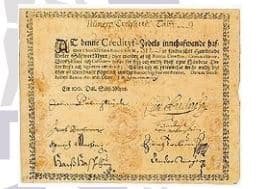
India was one of the first countries to make coins, around the 6th century BC. In 1236 AD, the Mughals introduced paper money, but it was later stopped. The word “rupee” comes from “Rūp” or “Rūpā”, which means silver. “Rupyakam” in Sanskrit means silver coin. The first rupee was made by Emperor Sher Shah Suri in 1540-1545 AD; this rupee was made up of silver.
Disclaimer: We have taken an effort to provide you with the accurate handout of “Money What it is Class 9 Notes“. If you feel that there is any error or mistake, please contact me at anuraganand2017@gmail.com. The above CBSE study material present on our websites is for education purpose, not our copyrights.
All the above content and Screenshot are taken from Introduction to Financial Markets Class 9 NCERT Textbook, CBSE Sample Paper, CBSE Old Sample Paper, CBSE Board Paper and CBSE Support Material which is present in CBSEACADEMIC website, NCERT websiteThis Textbook and Support Material are legally copyright by Central Board of Secondary Education. We are only providing a medium and helping the students to improve the performances in the examination.
Images and content shown above are the property of individual organizations and are used here for reference purposes only. For more information, refer to the official CBSE textbooks available at cbseacademic.nic.in
